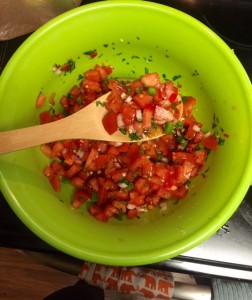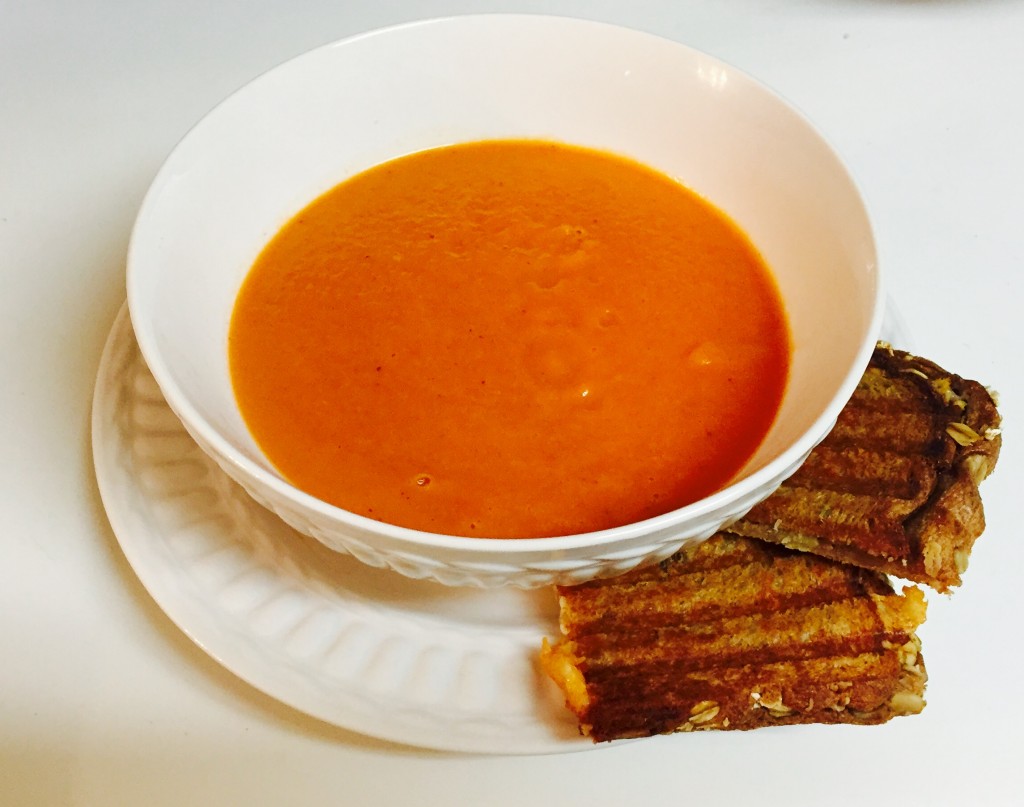“Trade between farmers, foragers, and fishers has gone on in the Sonoran Desert for millennia, long before an international boundary split the region in half.” – Gary Paul Nabhan
Where does your food come from? Growing up in the Sunshine State of Florida, I rarely questioned that. All my favorite foods seemed to come from my backyard. Literally– my neighborhood flourished on top of an old orange grove, with many of the original trees still inhabiting our backyards. But, it turns out I was wrong about where the rest of my Florida favorites came from. Most heart-wrenchingly, the shrimp I had grown up peeling at our Thanksgiving lunches were not from the salty shores I knew, but rather, somewhere across the Gulf.
I’m not the only one surprised at the origins of their favorite foods, however. Gary Paul Nabhan explores the trade of foods between the United States and Mexico in his essay, “A Brief History of Cross-Border Food Trade.” He, too, was surprised to find out “three-fifths of the fresh produce [people] buy and eat [is] harvested from the West Coast of Mexico” along with most fish and shrimp (156). Nabhan admits he was unaware of this discrepancy even while living just miles from the Mexican border in Arizona. Continue reading




